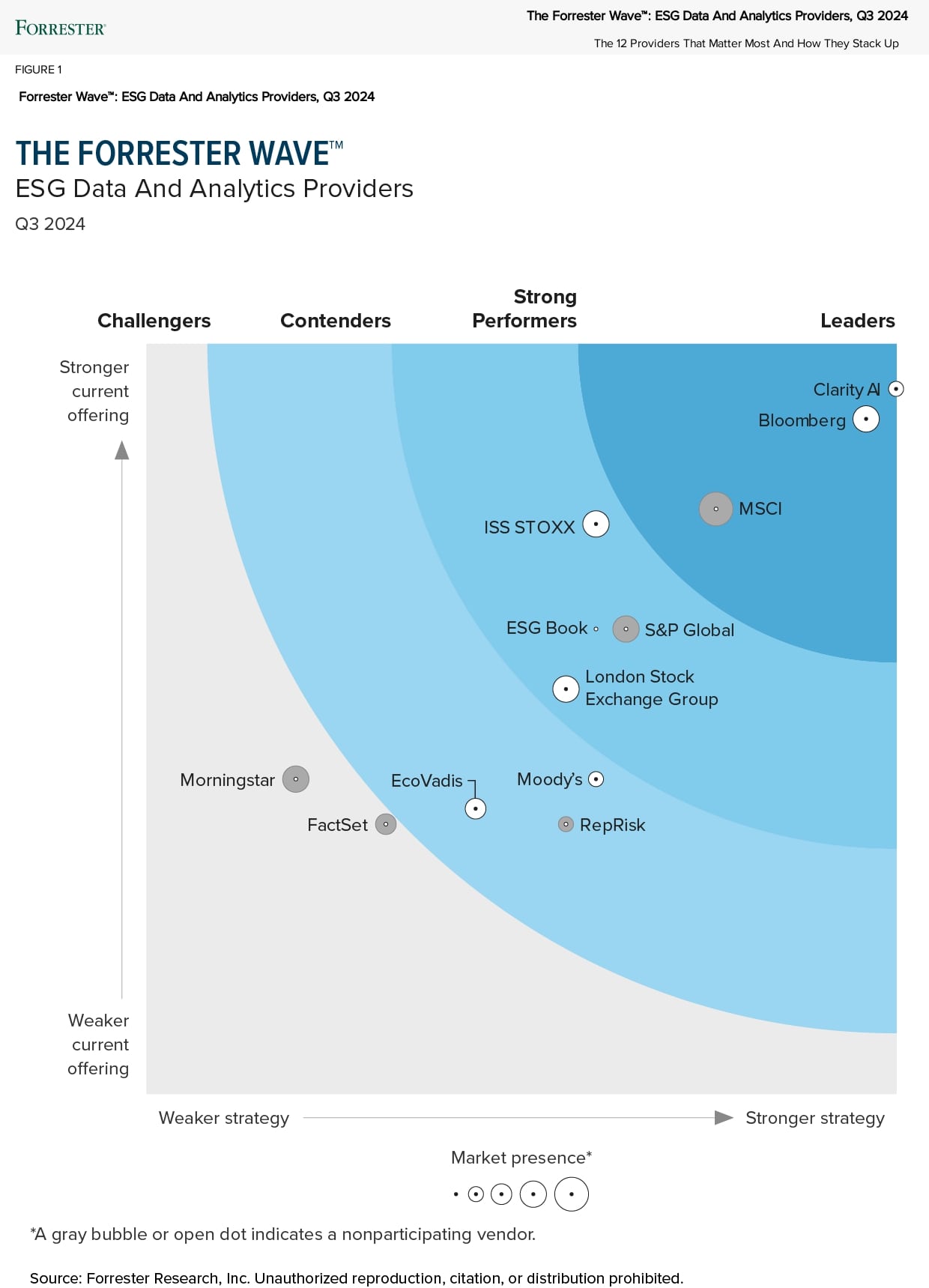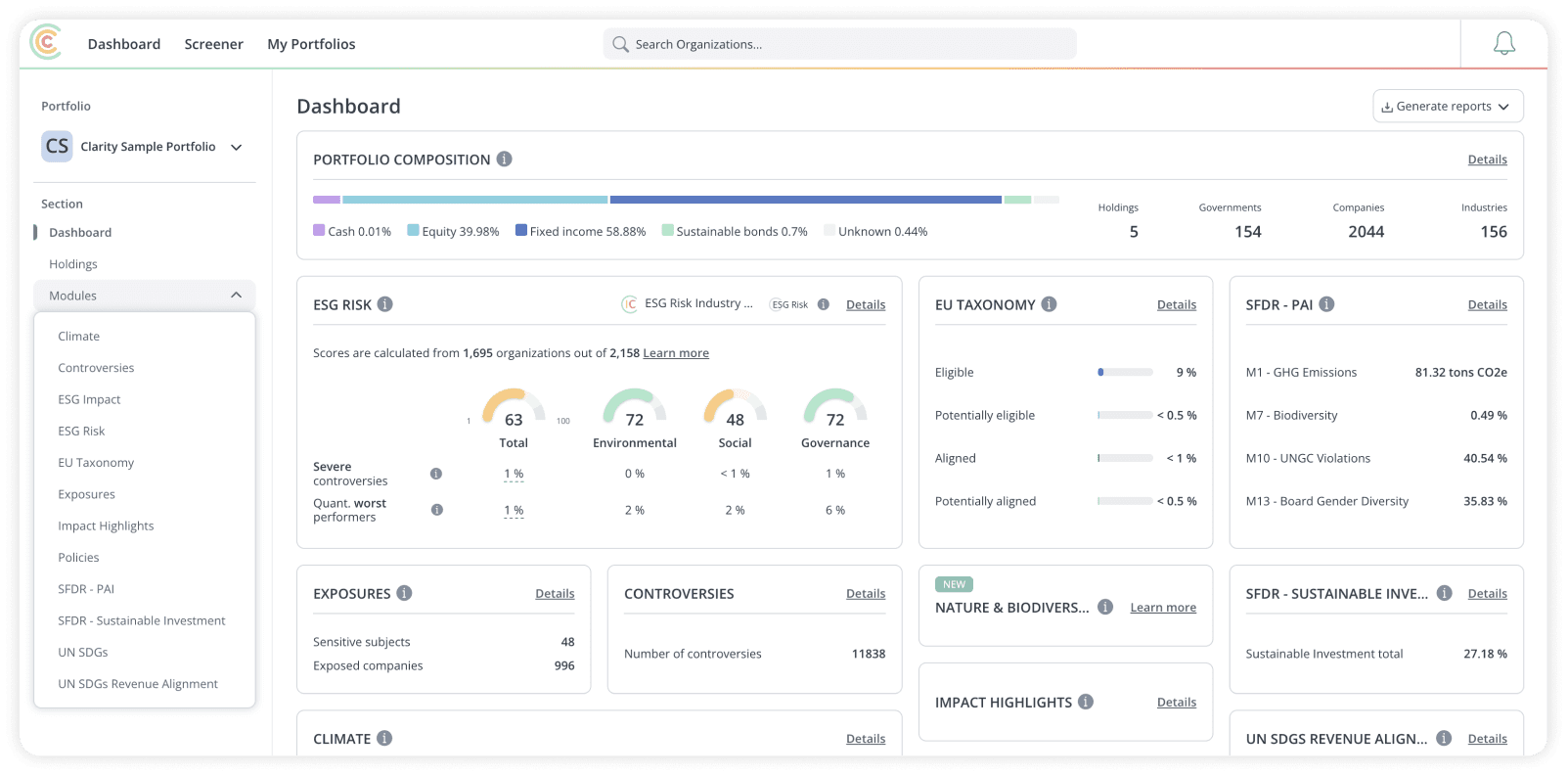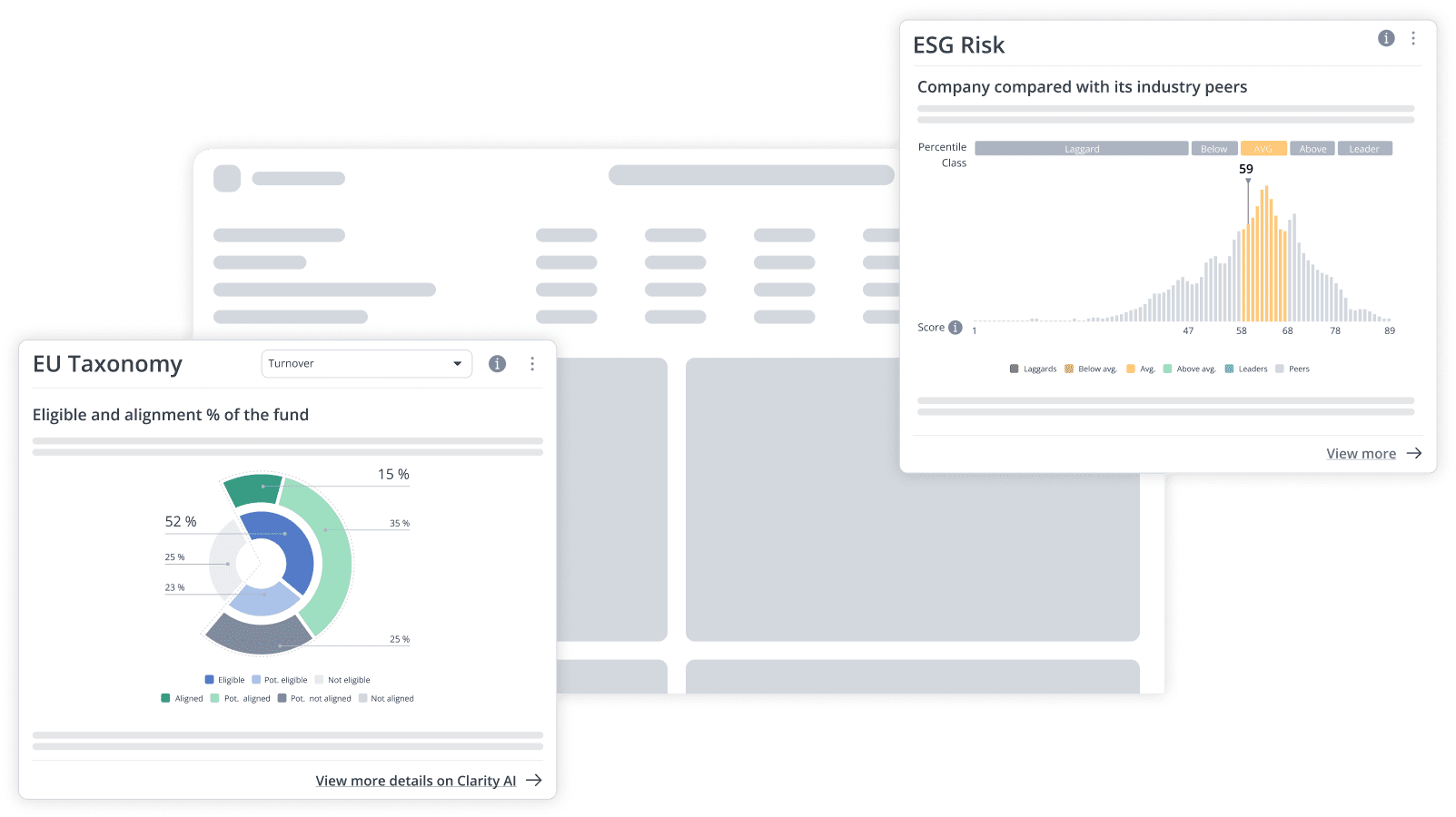Ensure you are using accurate data for SFDR reporting
Financial Market Participants should have started collecting data for SFDR earlier this year as the deadline for reporting has already been delayed once and will most likely not be delayed again. As a reminder, the Regulatory Technical Standards (RTS) come into effect on the 1st of January 2023. Asset managers and asset owners must make the appropriate disclosures on the Principal Adverse Impacts between January and June 2023 for the reference period of 2022.
Considering that the climate is getting hotter globally – have you been outside this summer?! – and the added attention on the issue of greenwashing, those under the SFDR scope should take every step to ensure their reporting is accurate not only to comply appropriately with SFDR, but also to avoid regulatory and public scrutiny around greenwashing.
Learn How to Get SFDR Right
Looking at the data from the most commonly used providers, we were surprised to see that the market is full of unreliable sustainability data (see table below). Regulators are already scrutinizing professional investors, and SFDR gives license for more formal audits. When MiFID II came into force “one in four Mifid II firms filed ‘inaccurate’ returns,” according to Citywire. And, those inaccurate returns created reputational risk and led, in many cases, to expensive enforcement actions – not just fines, but a heavy increased cost of doing business.
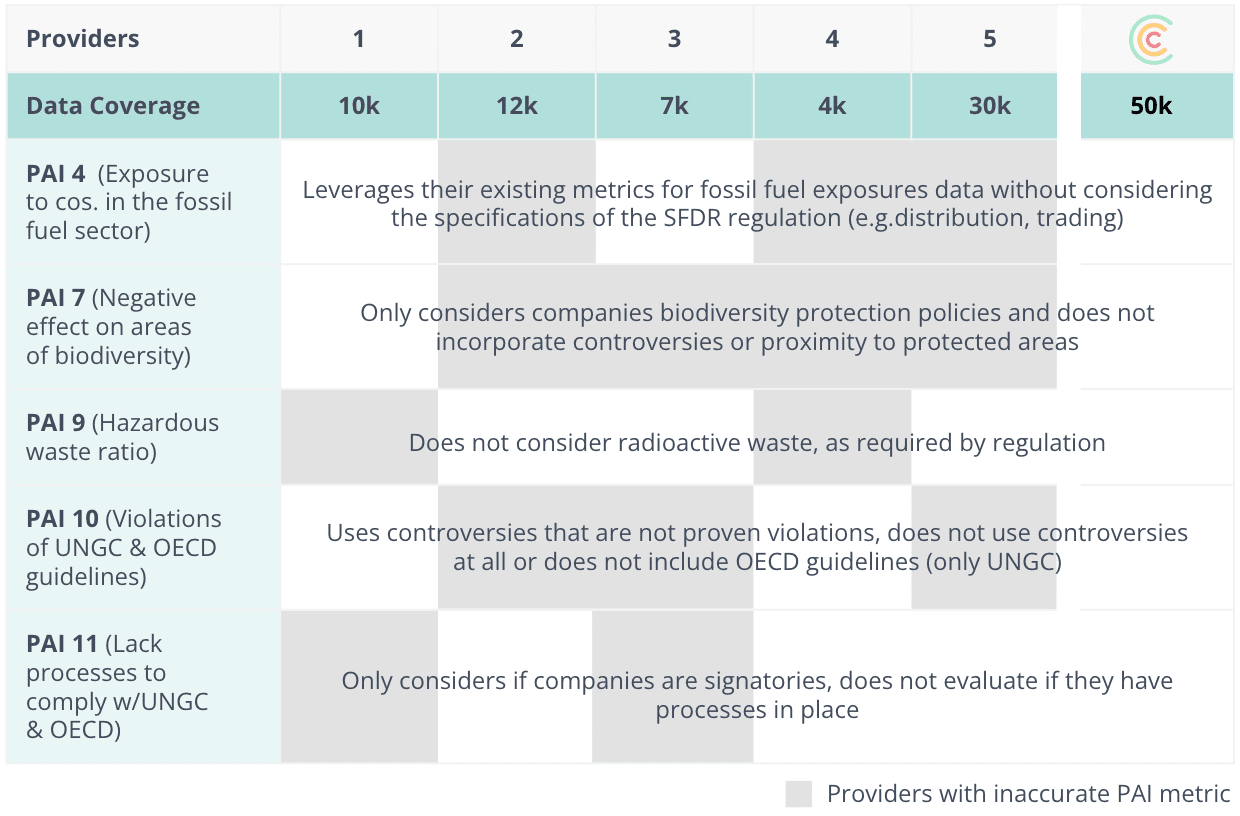
With coverage that is 2-13 times more than other providers, includes 98% of the ACWI index, and is more reliable thanks to advanced technology (e.g., machine learning) quality checks, Clarity AI solves for what regulators require as a “best effort” to report on SFDR. ESMA’s RTS for SFDR state “Where information relating to any of the indicators used is not readily available, the section referred to in point (c) of Article 4(2) shall also contain details of the best efforts used to obtain the information either directly from investee companies, or by carrying out additional research, cooperating with third party data providers or external experts…”
Our quality checks include but are not limited to: Processing more than 1 million data points each week via machine learning algorithms to contrast overlapping reported data to select the best option and to estimate missing data in a best effort to increase quality and coverage. And, leveraging Natural Language Processing to assess more than 100,000 articles from 33,000 trusted news sources every day to ensure company controversies are up to date and included in an unbiased way.
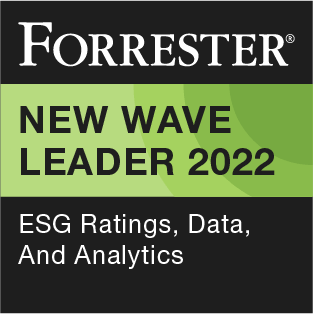
Learn more about why Forrester named us a Leader in its recent New Wave report, and why when they asked clients about our capabilities in relation to EU Regulation, they said:
- “It’s very easy to see a company’s alignment with technical standards”
- “They understood nuances that their competitors didn’t even know existed”



